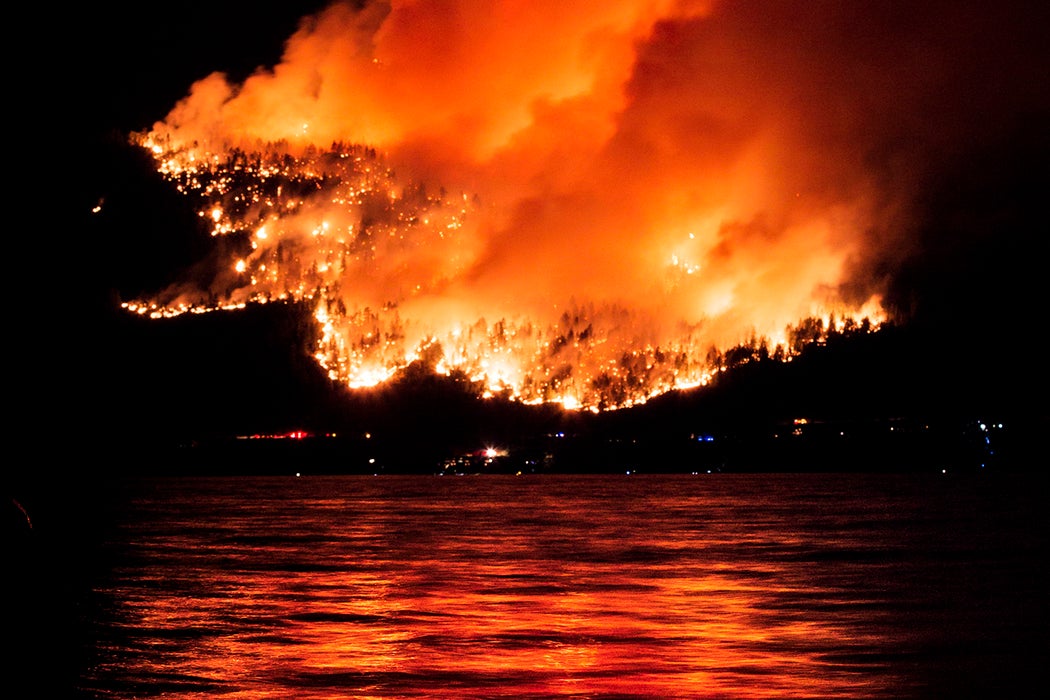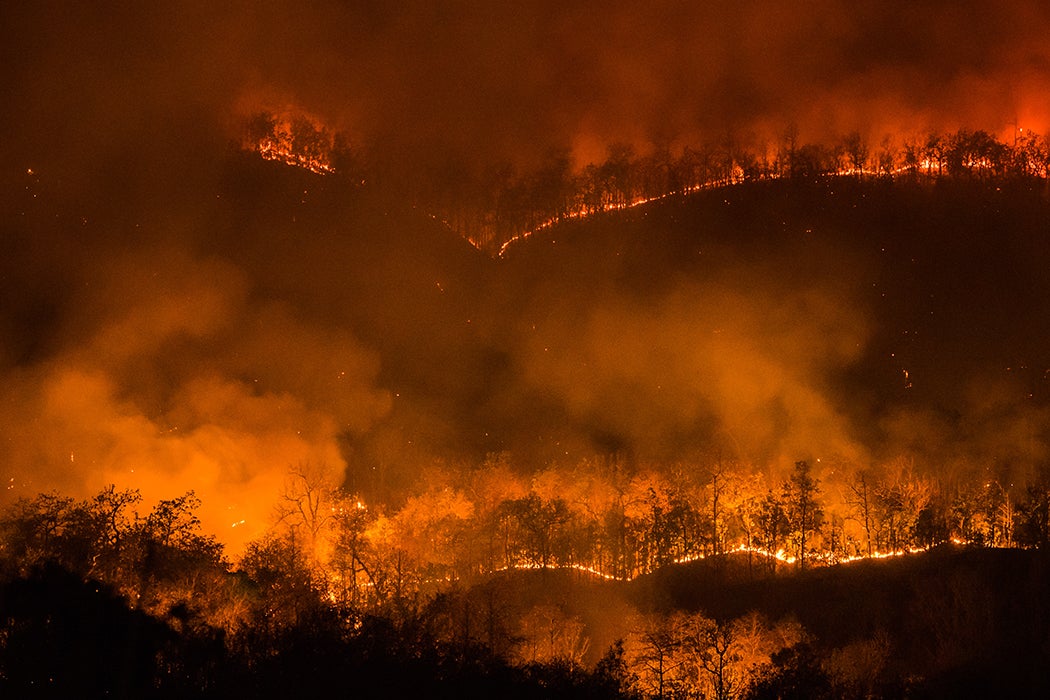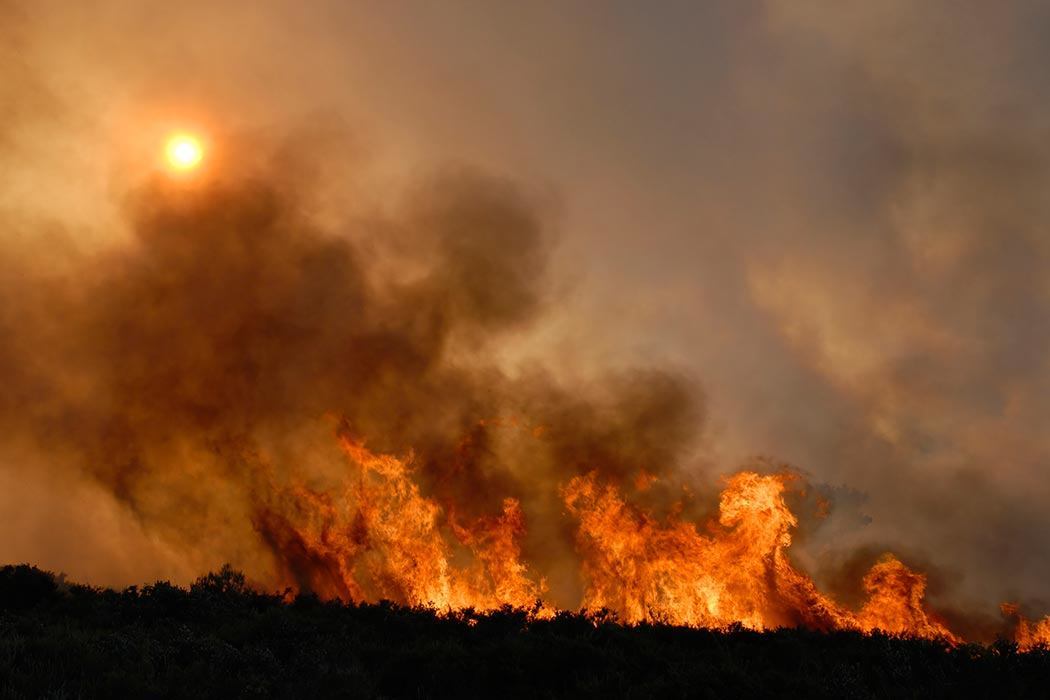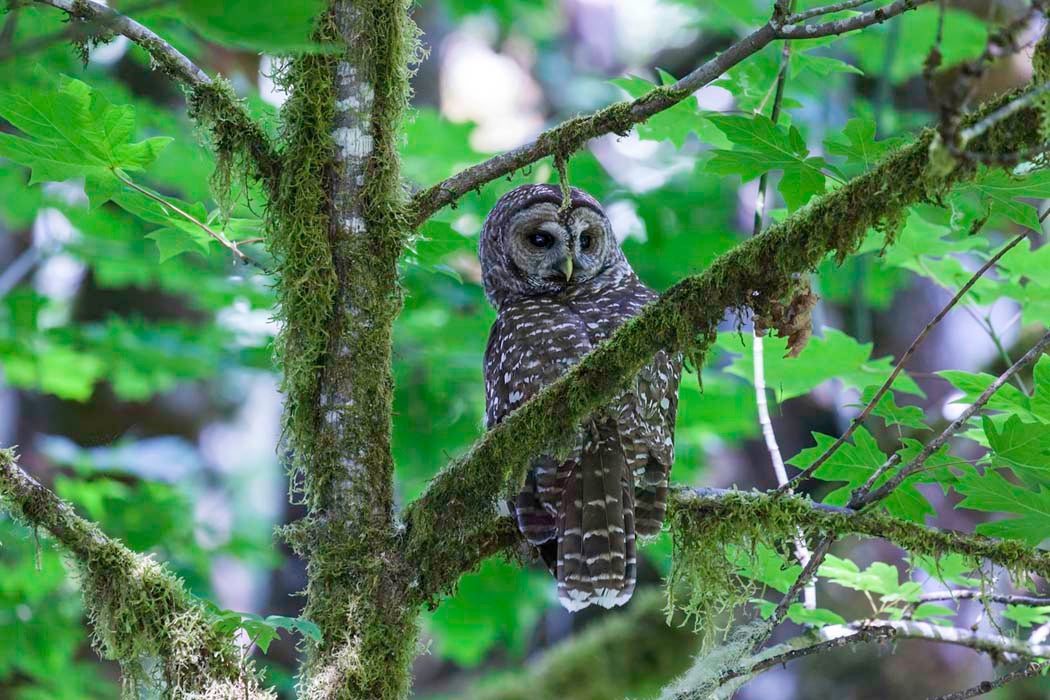Wildfires are getting worse, the New York Times reports in the middle of a week where we watch California, Oregon, Washington, and Colorado burn, eerie photos of orange skies that look like Magritte paintings dominating our social media feeds. The following stories published in the past five years link to research that offers insight into the ways climate change and other factors are contributing to the crisis.
Welcome to the Age of Megafires
October 30, 2017
It's been a terrible year for fires in California and elsewhere around the world. Because then it always is now in the age of megafires.
Fire Season is Getting Longer and Longer
October 28, 2015
A look at how climate change and human influences are changing the dynamics of fire, and the landscape, in the American west.
How Eucalyptus Trees Stoke Wildfires
August 23, 2018
Eucalypts are now cosmopolitan, spread around the world through imperialism and globalization. Unfortunately, they're also highly flammable.
How Fire Damages Water
September 4, 2018
President Trump has suggested that poor water management causes wildfires. In fact, it's often the other way around.
How Forest Fires Work in Finland
December 5, 2018
Finland's forest fires aren't as destructive as California's. That has more to do with climate and population than with forest management.
How Native Americans Came to Fight Southwestern Fires
November 5, 2019
The practice began with the 1933 creation of the Civilian Conservation Corps, and, specifically, its Indian Division.
Scientists Turn to Spotted Owls to Understand Wildfire Patterns
August 31, 2017
To better understand how the warming climate affects wildfires, Scientists are turning to Spotted Owls that evolved to deal with such disasters.












